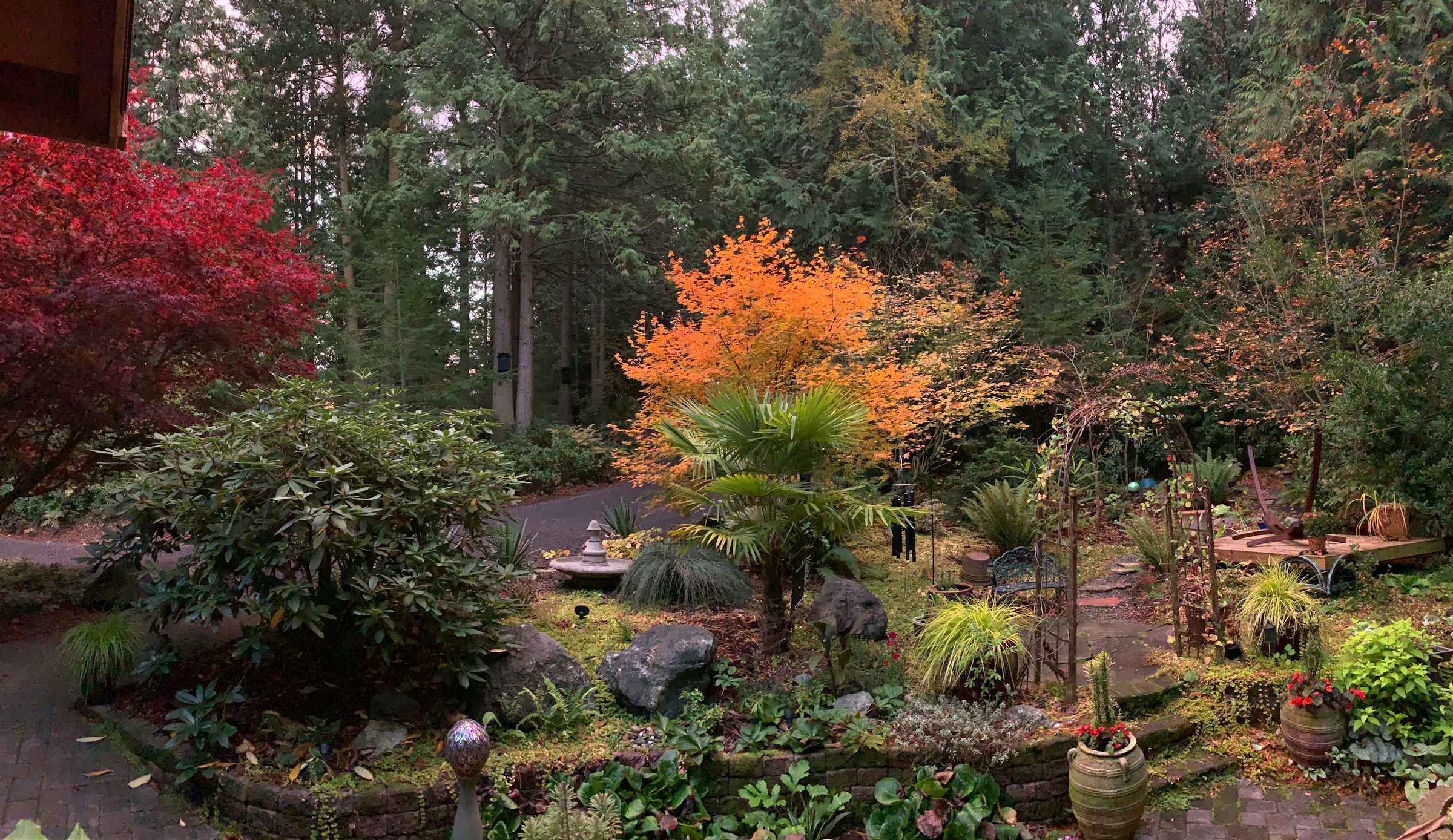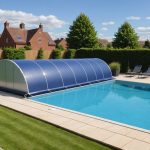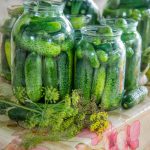Transforming your outdoor space into a serene backyard oasis begins with a DIY greenhouse. This guide breaks down the process step-by-step, ensuring you create a thriving environment for your plants, regardless of your skill level. Discover the essential materials, design tips, and practical advice to cultivate your green thumb while enjoying the many benefits of gardening. Embrace the joy of nature right in your own backyard, and let your creativity flourish!
Understanding the Benefits of a DIY Greenhouse
Creating a DIY greenhouse offers numerous advantages for home gardening enthusiasts. A backyard greenhouse provides a controlled environment that extends the growing season, allowing you to cultivate a wider variety of plants. This benefit ensures a consistent supply of fresh produce, even in less favourable weather conditions.
A voir aussi : Essential Tips for Nurturing a Thriving Lawn Through the UK”s Rainy Seasons
From an environmental perspective, a DIY greenhouse supports sustainable gardening by reducing the need for long-distance transportation of store-bought produce. Growing your own plants decreases your carbon footprint and promotes healthier ecosystems. Additionally, a greenhouse can conserve water by capturing and reusing rainwater, making it an eco-friendly choice for gardeners.
Economically, building a DIY greenhouse can lead to significant savings. By investing in a greenhouse, you reduce the need to purchase expensive, out-of-season produce. Over time, the cost of constructing a greenhouse is offset by the money saved on groceries. Furthermore, starting plants from seeds instead of buying mature plants is more cost-effective, offering another layer of financial benefit.
A lire aussi : Crafting a Sensory Garden: A Guide for Enhancing Outdoor Experiences for the Visually Impaired in the UK
Overall, the benefits of a DIY greenhouse encompass improved plant growth, environmental sustainability, and economic savings, making it a valuable addition to any backyard.
Planning Your Greenhouse Project
Embarking on a DIY greenhouse planning journey requires careful consideration of several factors to ensure success. By focusing on greenhouse design plans, you can tailor your project to meet your specific needs and conditions.
Choosing the Right Location
The first step in site selection for a greenhouse is identifying a spot with optimal sunlight exposure. Ideally, your greenhouse should receive at least six hours of direct sunlight per day. Consider proximity to water sources and electricity, as these are crucial for maintaining plant health and facilitating greenhouse operations. Additionally, ensure the site is level and has good drainage to prevent waterlogging.
Selecting the Appropriate Size
When determining the size of your greenhouse, assess your gardening goals and available space. A smaller greenhouse might suffice for personal use, while larger structures are better for extensive cultivation. Consider future expansion possibilities when planning your greenhouse design plans to accommodate growing needs.
Understanding Local Regulations
Before construction, consult local zoning laws and building codes. These regulations may dictate aspects like greenhouse height, distance from property lines, and materials used. Contact your local government for specific guidelines, ensuring compliance and avoiding potential legal issues. Proper DIY greenhouse planning involves thorough research and adherence to these regulations.
Materials and Tools Needed
When embarking on a DIY greenhouse project, selecting the right greenhouse materials and tools is crucial for success. The choice of materials can significantly impact the durability and efficiency of your greenhouse.
Common Materials for Greenhouse Construction
The most popular greenhouse materials include polycarbonate panels, glass, and polyethylene film. Polycarbonate is lightweight and offers excellent insulation, while glass provides clarity and durability. Polyethylene is cost-effective and easy to install, making it a favourite for beginners.
Essential Tools for Building a Greenhouse
To construct your greenhouse efficiently, you'll need a variety of DIY greenhouse tools. These include a hammer, saw, drill, and measuring tape. Additionally, a level ensures your structure is even, while a wrench helps with assembling frames. Having these tools on hand streamlines the building process.
Cost Estimation for Materials and Tools
Estimating the cost of building supplies for a greenhouse involves calculating both materials and tools. Material costs vary based on size and type, with polycarbonate and glass being more expensive than polyethylene. Tools can be a one-time investment, often costing less if you already own basic equipment. Planning your budget carefully ensures a smooth project execution.
Step-by-Step Construction Process
Embarking on a DIY greenhouse building guide involves understanding key greenhouse construction steps. This section will walk you through the process of preparing your site, building the frame, and installing the glazing.
Preparing the Site
Begin by clearing the designated area of debris and vegetation. Level the ground using a shovel and rake, ensuring proper drainage to prevent water accumulation. Mark the greenhouse perimeter with stakes and string to outline your structure. This preparation is crucial for a stable foundation, setting the stage for the next steps in the greenhouse assembly.
Building the Frame
Construct the frame using materials like wood or metal, depending on your design preferences. Start with the base, ensuring it is square and level. Assemble the walls and roof supports, securing joints with screws or brackets. Follow the DIY greenhouse building guide to ensure structural integrity. This framework forms the skeleton of your greenhouse, providing support for the glazing.
Installing the Glazing
Choose your glazing material—polycarbonate, glass, or polyethylene film. Cut the panels to size, fitting them into the frame. Secure the glazing with clips or screws, ensuring a snug fit to prevent air leaks. Proper glazing installation is essential for maintaining the internal climate, completing the greenhouse construction steps.
Climate Adaptability and Design Considerations
Designing a greenhouse with climate considerations is crucial for optimal plant growth. A well-planned structure ensures that your plants thrive, regardless of external weather conditions. One of the most vital aspects of greenhouse design is ventilation. Proper greenhouse ventilation helps regulate temperature and humidity, preventing plant diseases and promoting healthy growth.
Importance of Ventilation
Ventilation is essential for maintaining a stable internal climate. Without it, heat and humidity can build up, leading to poor plant health. Ventilation systems, such as roof vents or sidewall vents, allow hot air to escape and fresh air to enter. This exchange is critical for controlling temperature and providing plants with the carbon dioxide they need for photosynthesis.
Strategies for Temperature Regulation
In addition to ventilation, energy-efficient greenhouse design includes strategies for temperature regulation. Using shade cloths or thermal screens can help manage heat levels, while fans and heaters can maintain consistent temperatures during extreme weather. These tools ensure your greenhouse remains a suitable environment for diverse plant species.
Selecting Plants Based on Climate Conditions
Choosing the right plants for your greenhouse climate is key. Consider the specific climate conditions your greenhouse will face and select plants accordingly. This approach maximises growth potential and ensures a thriving ecosystem within your greenhouse.
Maintenance and Troubleshooting
Proper maintenance and troubleshooting are essential for the longevity and efficiency of your DIY greenhouse. By implementing effective greenhouse maintenance tips and addressing common greenhouse issues, you can ensure a thriving environment for your plants.
Regular Maintenance Practices
Routine maintenance is crucial for a well-functioning greenhouse. Regularly clean the glazing to maximise light penetration and check for any structural damage. Inspect and repair any tears in the glazing material to prevent heat loss. Ensure that ventilation systems are operational and clear of obstructions. These greenhouse maintenance tips help maintain optimal growing conditions.
Identifying Common Pests and Diseases
Pests and diseases can quickly impact plant health. Regularly inspect plants for signs of infestation or disease, such as discoloured leaves or unusual spots. Use natural remedies or pesticides to manage these issues promptly. Effective troubleshooting greenhouse problems involves identifying and addressing these threats early.
Seasonal Preparations
Preparing your greenhouse for seasonal changes is vital. In winter, check heating systems and insulate to retain warmth. During summer, ensure shading and ventilation systems are ready to prevent overheating. These seasonal preparations are key to adapting your greenhouse to varying climate conditions, ensuring year-round productivity.
















